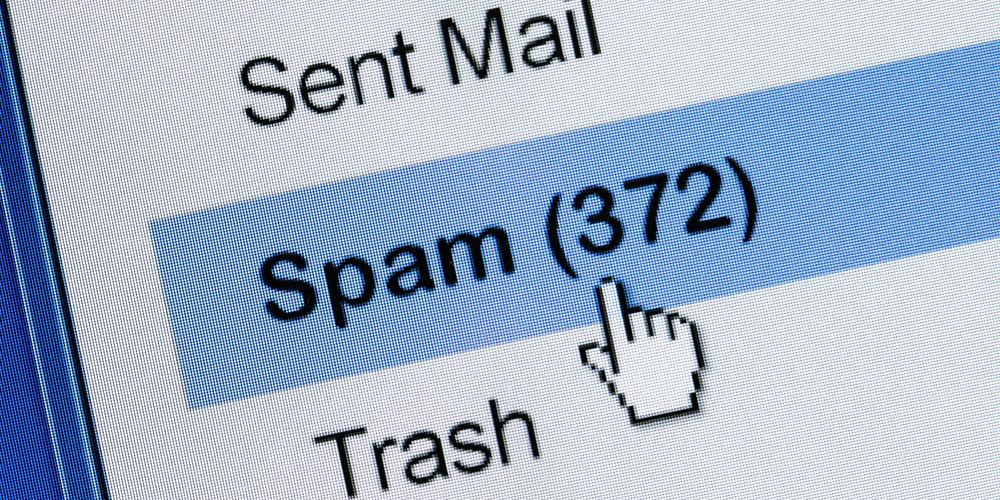Why CASL is Good for Your Canadian Media Campaigns

With CASL's full regulations coming into effect July 1st, many marketers, both inside and outside of Canada, are feeling the heat. The law, which has been dubbed Canada's 'anti-spam' law, was developed in 2014, and aims to put a stop to spam, phishing, and spyware. Now, if you're looking to market to Canadian consumers with email and SMS, you'll need to get consent first. This means companies must have a consumer's explicit and ongoing permission – whether it be via in-store signup, checking a box upon purchase, etc. – to reach out with ads or other communications.
Many advertisers and media buyers are seeing this as a major, damaging act that will put them at a competitive disadvantage. However, with a smaller marketing list and more concentrated audience, advertisers may be missing the silver lining coming along with CASL.
A Switch From Push to Pull Marketing
Direct response marketers can find comfort in the knowledge that pull marketing will be much less affected, if at all, by CASL. Traditionally, direct response marketers use "pull" advertising techniques, where they intrigue the consumer until the consumer engages on their own. For example, a call to action at the end of an infomercial TV ad may encourage a customer to dial or text in – in this case, the marketer is gaining the explicit consent of a consumer and maintaining their CASL-compliant status.
As CASL continues to permeate the advertising world, it is likely that more pull marketing will be used, perhaps significantly over push marketing. This means preferred mediums may change; companies who once relied on email marketing could find themselves switching to TV ads, radio commercials, or online ads, inviting the consumer to make the first move.
Garner Positive Attention
It's a scenario every shopper can recall. At the end of a shopping trip many stores offer the option of an email receipt – something commonplace and often preferred to paper. Unfortunately, what customers might not realize is that they have indirectly opted in to the store's mailing list. What was once an email receipt is now monthly, weekly, or even daily emails about store promotions. These messages either go straight to spam, or are often blocked by the consumer.
By interacting with people who have actively chosen to participate in your marketing, you're bound to find an increase in positive attention. Instead of consumers viewing your business as pushy, annoying, or sneaky, you can rest assured knowing your email recipients are engaging with you because they want to – not because they were bullied into it.
Increase Your Engagement
A major worry that came along with CASL was a decrease in consumer engagement. On the surface it may seem that a smaller list means smaller reach. However, it seems the opposite effect may take place. According to the Globe and Mail, some businesses have seen CASL-compliant email lists lead to an opening rate jump of 26%. Despite having a smaller list, it seems that having explicit consent, versus implicit consent, encourages consumers to pay attention to your marketing. Their communications feel more relevant, more personal, and are much more likely to spark their interest and engagement.
Furthermore, as consumers increasingly decline to be added to marketing lists, their inbox numbers are sure to drop. Instead of receiving 20 marketing emails per day, they may only receive 5 or 10, which boosts your business' chance of catching their eye and standing out from the crowd.

